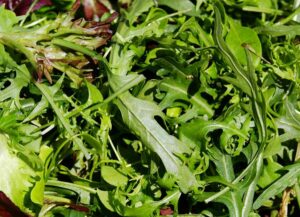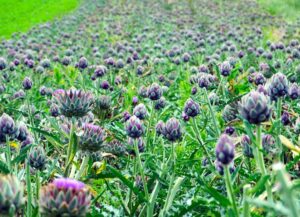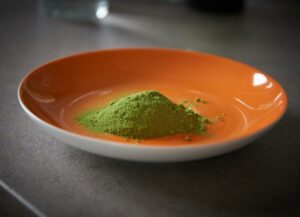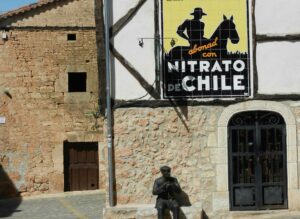Fernando Díaz
The use of cactus for feeding dairy cows in dry areas has been increasing mainly due to its high efficiency of water use, rapid dissemination, high water and energy content, and high forage yield. Opuntia stricta is a large cactus originated in central America that can grow up to two meters in height.
Although it is considered an invasive species in several countries (Australia, South Africa), in semiarid regions of Brazil, a new spineless genotype of this cactus (Orelha de Elefante Mexicana) has become one of the most important forage sources for dairy cattle. This variety is very energetic with non-fibrous carbohydrate (NFC) levels greater than 50% in a dry matter (DM) basis, and has a high forage production per area (20 – 30 tons of dry matter/ha/year).
A recent study conducted at Experimental Station of the Instituto Agronômico de Pernambuco, São Bento do Una, Pernambuco, Brazil, investigated the effect of replacing corn silage with the spineless Opuntia cactus in high-forage diets for low-producing cows. The researchers (de Oliveira Moraes et al., 2019) fed four diets with increasing levels of cactus at the following including rates:
- 65.6% corn silage & 0% cactus on a DM basis.
- 53.4% corn silage & 12.2% cactus.
- 41.2% corn silage & 24.4% cactus.
- 29.0% corn silage & 36.6% cactus.
The diets were formulated to be isonitrogenous (15% protein) and isoenergetic (1.44 Mcal./kg, and were fed ad libitum as total mixed ration. Since fiber content of corn silage was superior to that of cactus (NDF; 55.9 vs. 27.7% DM; table), the inclusion of cactus reduced gradually fiber levels in the diets (from 44.7 to 32.2% DM). On the other hand, the greater content of NFC in cactus increased lineally NFC concentrations (from 32.2 to 42.8%). It has to be mentioned, that comparing with the diet with corn silage as the only forage (37.2% DM), the three diets containing cactus were very wet (20.8 – 29.5% DM). Therefore, its low DM content (10.8%) may be a limiting factor for including cactus in the diets.
| Nutrient |
Cactus |
Corn silage |
| Dry Matter (DM) % |
10.8 |
28.4 |
| Organic matter (%DM) |
89.3 |
94.0 |
| Crude protein (%DM) |
6.4 |
8.0 |
| NDF (%DM) |
27.2 |
55.9 |
| NFC (%DM) |
54.5 |
28.0 |
| Indigestible NDF (% DM) |
13.4 |
18.4 |
The results, published in Livestock Science, showed that the inclusion of cactus as a replacement for corn silage increased cow production performance. In summary:
- Feeding cactus increased gradually microbial protein synthesis in the rumen. Cows fed 0, 12.2, 24.4, and 36.6% DM cactus produced 1213, 1431, 1455, and 1494 g/day of microbial protein.
- Milk (from 20.8 to 22.1 kg/day) and energy-corrected-milk production (from 21.4 to 23.3 kg/day) increased lineally with the inclusion of cactus.
- Milk components were not altered by forage source. Milk fat (3.75%), milk protein (3.16%), and total solid content (12.4%) were similar among diets.
- Interestingly, despite of the lower DM content in the cactus diets, DM intake increased linearly at increasing cactus level in the diets (from 17.7 to 18.6 kg/day).
In conclusion, this study showed the new genotype of Opuntia stricta Orelha de Elefante Mexicana can partially replace corn silage in diets for low producing cows from semiarid regions. Its high NFC content stimulates intake and microbial protein synthesis, and consequently improves milk production. Since cactus is extremely wet, it should be combined with other forages with greater DM content.
Reference
Gláucia Sabrine de Oliveira Moraes, Adriana Guim, José Nildo Tabosa, Juana Catarina Cariri Chagas, Marina de Paula Almeida, Marcelo de Andrade Ferreira. 2019. Cactus [Opuntia stricta (Haw.) Haw] cladodes and corn silage: How do we maximize the performance of lactating dairy cows reared in semiarid regions? Livestock Science 221: 133–138.
© 2019 Dairy Knowledge Center, LLC. All Rights Reserved.









